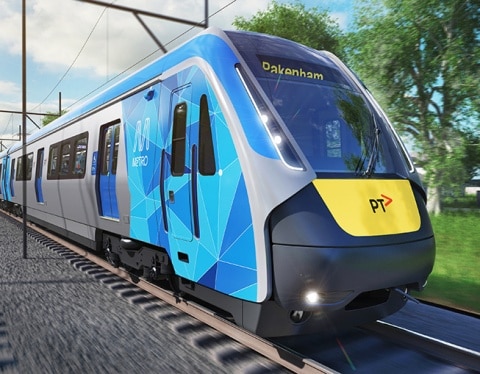Yarra Trams is currently undergoing preparation for ISO55001 Certification for their Asset Management System.
In order to better manage their assets the Centre of Engineering and Asset Management (CEAM) was formed and is undertaking reliability analysis of Rolling Stock and Life Cycle Cost modelling across the business to inform: budget requirements; Ensure service reliability; and achieve PTV contractual requirements.
The Customer’s Challenge
Yarra Trams has found that there is opportunity to improve their Asset Management by establishing standard functional hierarchies for Rolling Stock, Infrastructure and Operational Control Management Systems, these hierarchies then provide a breakdown of the body of work required to perform Reliability & Life Cycle Cost Modelling.
Reliability Modelling
To complete Reliability modelling failure rates need to be calculated and labour, hours and equipment requirements need to be gathered from Maintainers to inform the InterDynamics tool.
Life Cycle Cost Modelling
To develop life cycle cost modelling age and condition must be assigned to the asset level as well as treatment costs and scheduled Technical Maintenance commitments.
Solution
Reliability Modelling
Systematiq’s Susanna Wyld was engaged to assist with liaison with Reliability Engineers and Maintainers to establish classification of parts into functional systems, the level of maintenance and special equipment required to return the part into service.
Using the data collected, a reliability model that uses the Yarra Trams timetable has been developed in InterDynamics to predict required maintenance and impacts to service delivery.
Life Cycle Cost Modelling
Susanna has worked closely with Yarra Trams Reliability Engineers and Maintainers to establish asset condition, treatments and failure rates. Using Assetic Predictor this data can used to model Life Cycle Costing over decades and inform investment strategy to ensure the health of their assets.
Implementation
The implementation of these models has required a great deal of internal stakeholder engagement. So that CEAM can get buy-in from other areas of the business, many forms of media such as PowerPoint Presentations, posters and internal roadshow evens have been required to ensure that those involved understand what CEAM is doing to improve Asset Management in the business.
Result
Data gathering can be a long process, however the engagement with the various departments within Yarra Trams has been exceptional and many have been excited by the results that the InterDynamics and Assetic models demonstrate to visualise the impact of effective planning, investment and asset management





